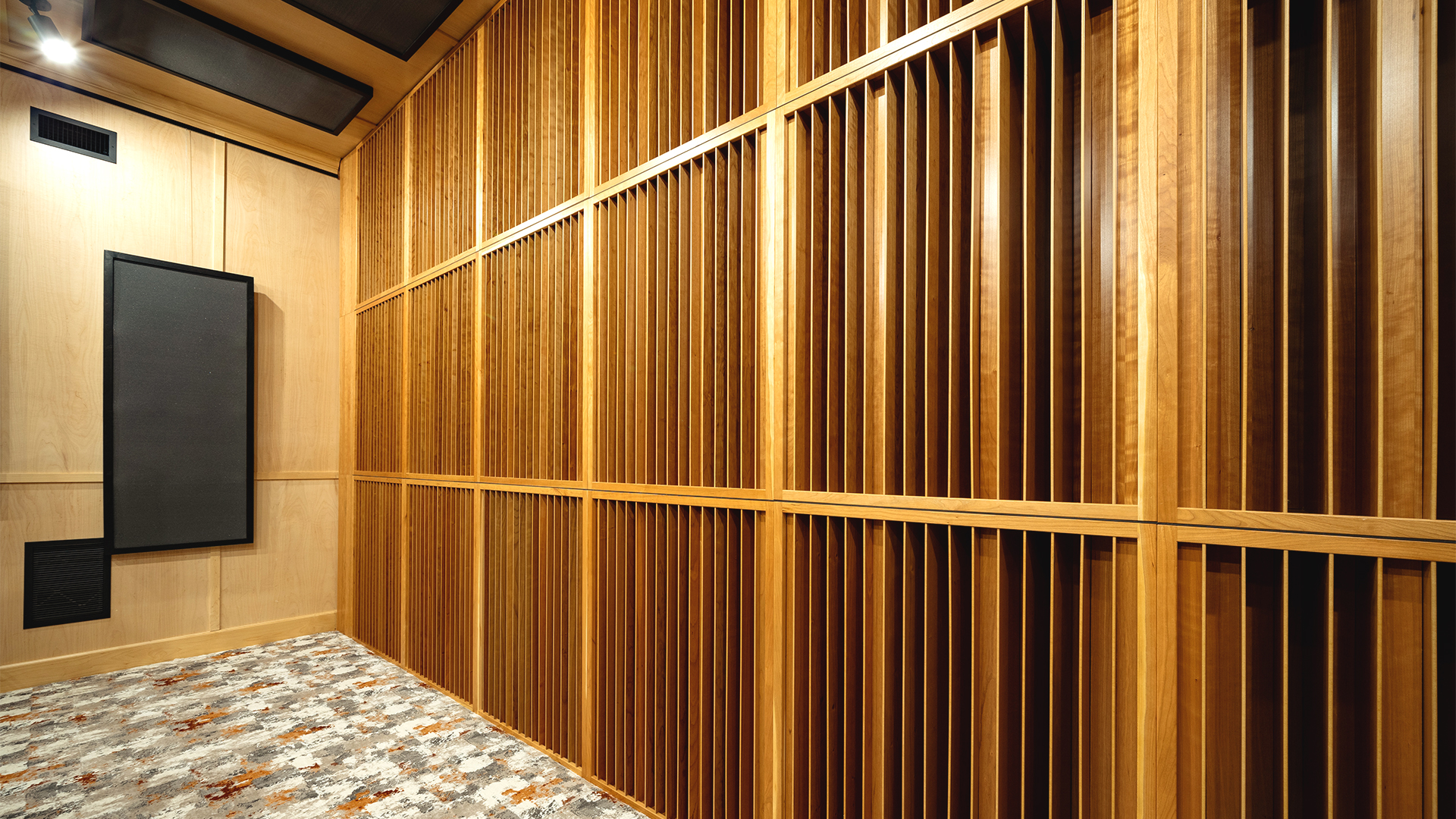Table of Contents
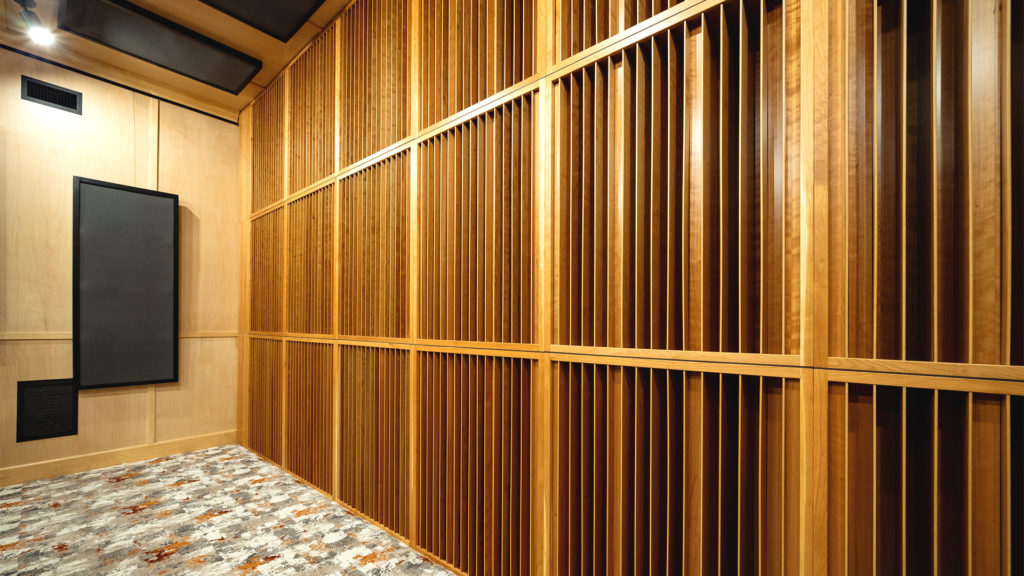
Understanding Sound Diffuser Walls and True Diffusion Technology
The search term sound diffuser wall hopefully refers to a surface area within your room that is treated with a sound diffusion technology. There is only one true diffusion. It is called quadratic diffusion. There are many products that companies refer to as diffusers. Quadratic is the only true diffusion technology that reduces the impact of reflections to make the room sound larger.
A quadratic diffuser is a series of wells or troughs. Sound enters the diffuser and is sent back into the room based upon the frequency response of the diffuser chosen for the sound diffuser wall. A sound diffuser wall requires that the distance from the wall to the listener is determined and entered into the diffuser calculation and the usage of the room is considered in any sound diffuser wall.
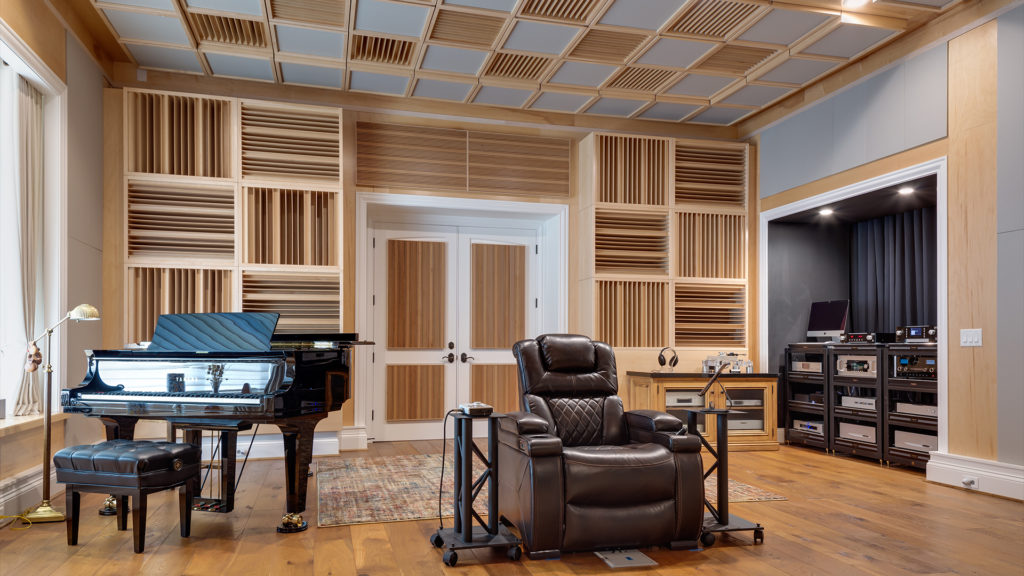
Importance of Distance in Choosing the Correct Diffuser
The first variable that must be considered when choosing the correct diffuser to cover a sound diffuser wall is the distance from the wall to the listener. Diffusers have a frequency response that requires a certain distance from the diffuser to the listener in order for all energies from the diffuser to have enough distance to fully form without producing distortions.
Diffuser frequency response is based upon prime numbers. The higher the prime number. the lower the frequency response that is achieved. In order for lower frequency wave energy to mature it must have enough distance for the lowest frequency that is produced by the diffuser to fully form. Quadratic diffusion is the only true form of diffusion that will work properly for audio treatment.
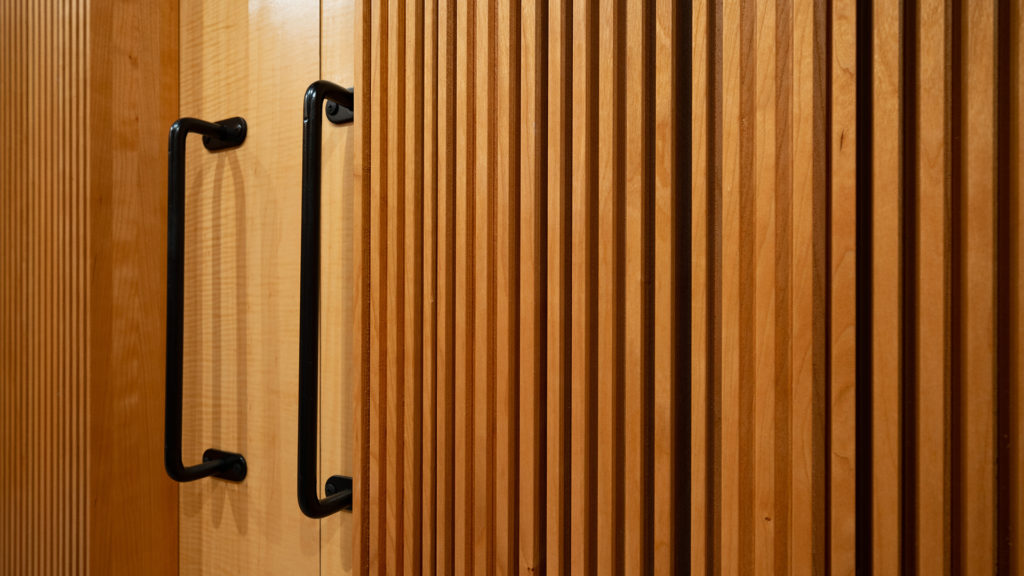
Principles and Design of Quadratic Diffusion
Quadratic diffusion whether used within a sound diffuser wall or selectively used in other locations. Quadratic diffusion is a series of wells or troughs that are based upon quarter and half wavelength rules. The depth of each well or trough is determined by quarter wavelength rules. The width of each diffuser well is determined by half wavelength rules. In simple terms, the depth of each well determines lower frequencies and the width of each well determines the higher frequencies.
Quadratic diffusion can be designed to accommodate the desired frequency response that each room usage requires. Every room usage, room dimensions, and room volume contributes to the appropriate frequency response that is selected. At Acoustic Fields, we can assist you with determining which prime number of diffusion to use for your room usage.
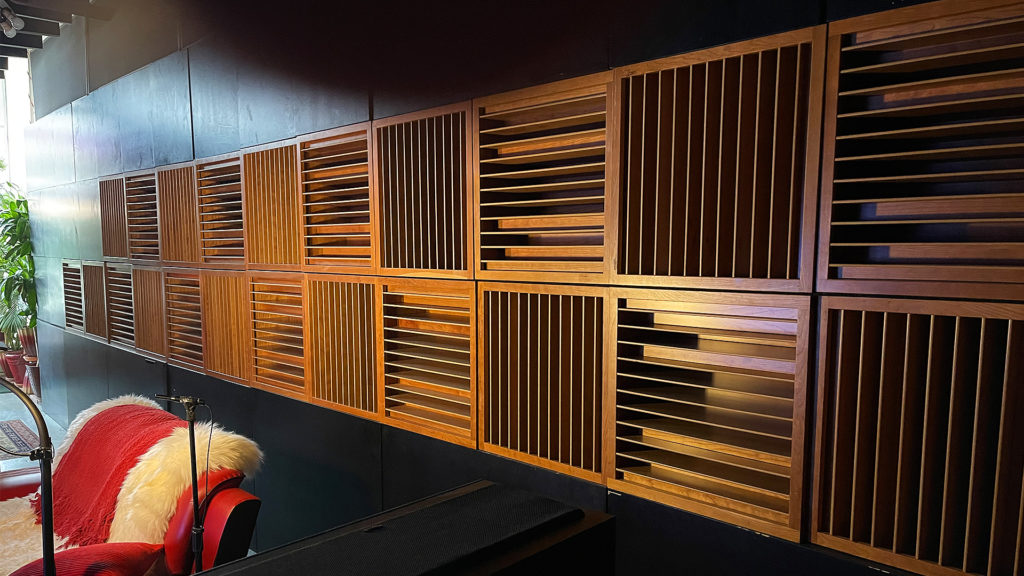
Optimizing Diffusion Placement for Different Room Usages
Every room usage has certain wall surfaces that diffusion will perform well on. Whether you are considering a sound diffuser wall or selectively placing diffusers at certain locations, the usage of the room is critical. A home theater that places diffusion on the ceiling and rear walls will produce the best diffusion results.
For two channel systems, placing quadratic diffusion on the front and rear walls will produce a higher resolution along with a larger sounding room. Live rooms where instruments are played can also benefit from a sound diffuser wall or selectively placing diffusers on certain surfaces to create a larger more resolute sound quality.
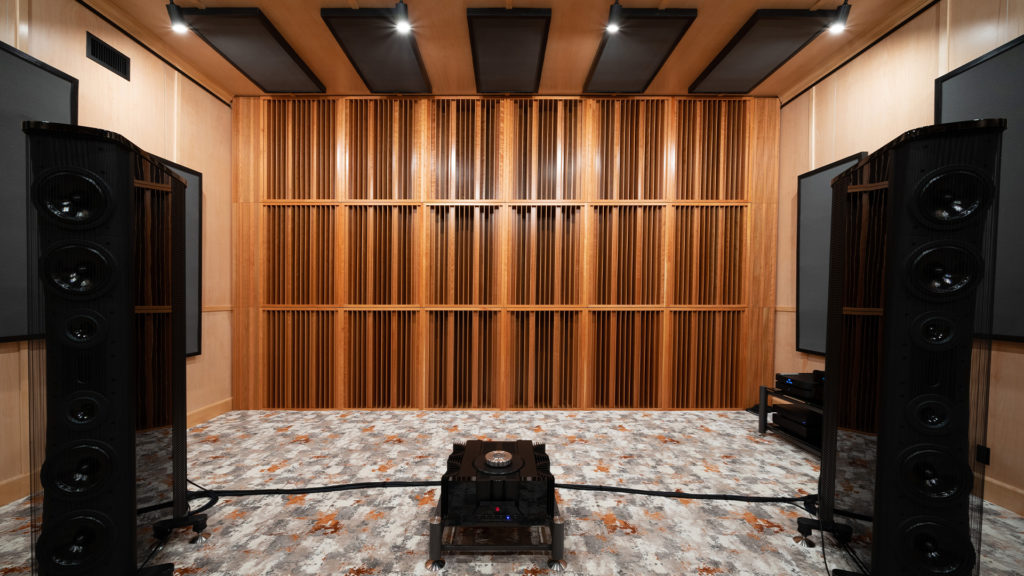
Balancing Absorption and Diffusion for Optimal Room Acoustics
In treating energy within small rooms, we have only two options. We have absorption and diffusion. When we are considering a sound diffuser wall or any other type of diffusion application, we must have our absorption requirements met first before we can introduce diffusion into the room. The first requirement that must be met is for all reverberation times.
Within the room be equal throughout the room. The second requirement is that the decay rates be smooth and linear. Diffusion is a great technology that will make your room sound larger and increase resolution if you have the required sound absorption requirements achieved.


